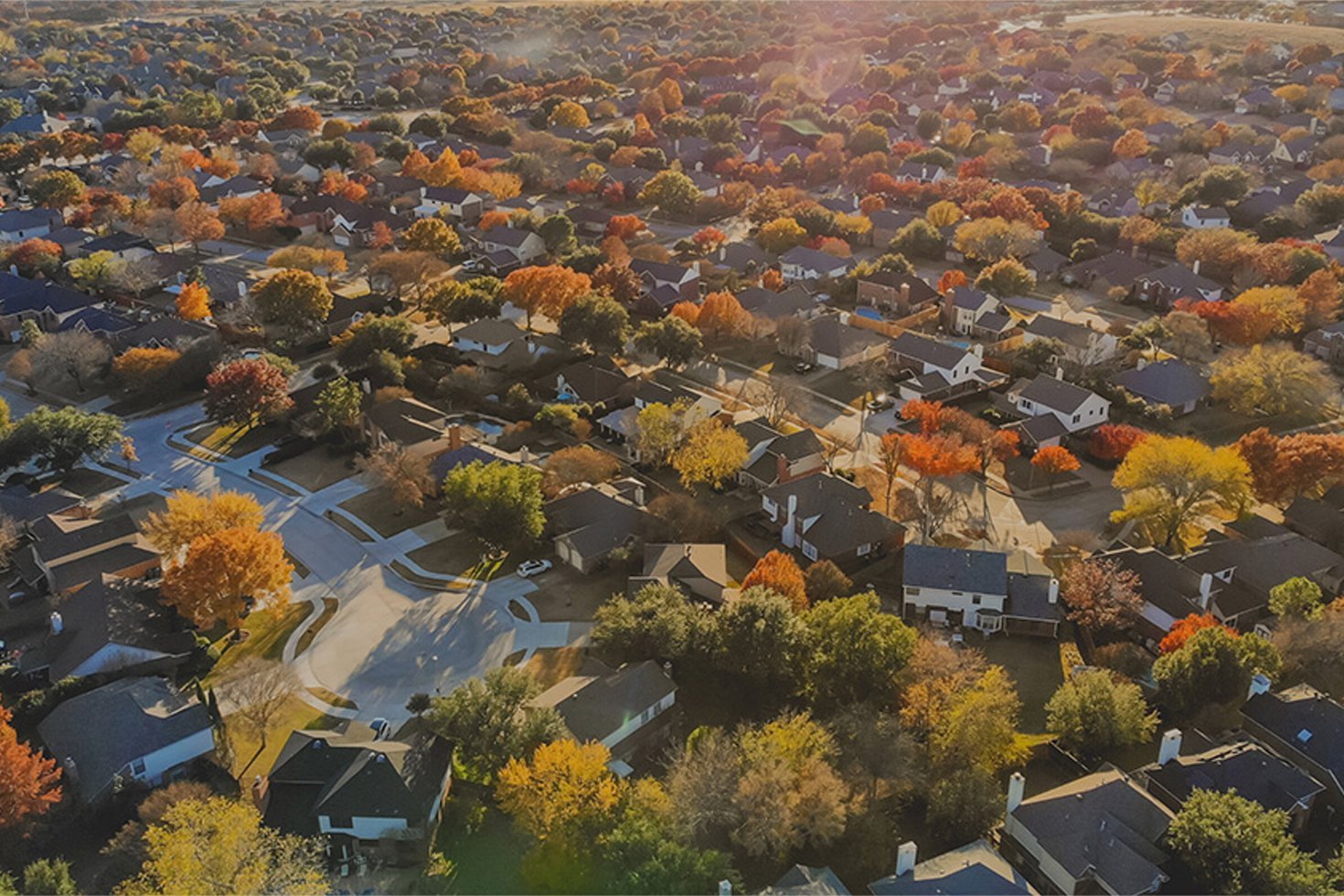Zoning plays a vital role in urban planning by controlling land use and development within a city. It dictates how land can be used, where buildings can be constructed, and how different types of spaces interact with one another. Understanding the role of zoning in planning is essential for creating well-organized, efficient, and livable communities. In this article, we will explore how zoning works, why it is important, and its impact on urban development.

What is Zoning?
Zoning refers to the division of land into specific areas or districts, each with its regulations regarding land use. These regulations govern how properties in each district can be developed, such as whether they can be used for residential, commercial, industrial, or agricultural purposes. The rules aim to prevent conflicting land uses from being placed next to each other, such as factories being built in residential areas.
In short, zoning ensures that different activities within a city are organized and separated in ways that minimize negative impacts. It helps maintain order, safety, and functionality within urban spaces.
The Importance of Zoning for Community Development
One of the key aspects of the role of zoning in planning is its influence on community development. Zoning helps ensure that cities grow in an organized way, allowing for the creation of neighbourhoods with a balanced mix of residential, commercial, and recreational spaces.
For example, residential areas are typically zoned separately from commercial or industrial districts. This reduces the risk of residents being exposed to the noise, pollution, and traffic that can come with having factories or businesses too close to homes. Zoning laws also ensure that essential services, such as schools, parks, and healthcare facilities, are strategically placed to meet the needs of the community.
In addition, zoning helps protect property values by ensuring that developments are appropriate for their surroundings. This can contribute to a higher quality of life for residents and attract investment in the community.
Types of Zoning
Zoning is not a one-size-fits-all solution. Different types of zoning can be applied based on the needs of a specific area. Some common types of zoning include:
- Residential Zoning: This is the most common type of zoning, and it designates areas for housing. Residential zones can be further divided into categories, such as single-family homes, multi-family homes, or apartment buildings. Zoning laws in these areas often regulate building heights, density, and setbacks to maintain a certain character within neighbourhoods.
- Commercial Zoning: This type of zoning is applied to areas designated for businesses, retail stores, and other commercial activities. Commercial zones are often located near residential areas to ensure residents have easy access to shops and services.
- Industrial Zoning: Industrial zones are designated for factories, warehouses, and other manufacturing operations. These areas are typically separated from residential zones to minimize exposure to industrial noise, pollution, and heavy traffic.
- Agricultural Zoning: This zoning type is used for farming, ranching, and other agricultural activities. Agricultural zoning helps protect farmland from urban sprawl and ensures that farming operations have the space they need to function.
- Mixed-Use Zoning: Mixed-use zoning allows for the development of areas that combine residential, commercial, and sometimes even industrial uses. These areas are designed to encourage walkability and create vibrant, self-sustaining neighbourhoods.
Zoning and Environmental Protection
Another important aspect of the role of zoning in planning is its ability to protect the environment. Zoning laws can regulate land development in ways that preserve green spaces, prevent overdevelopment, and protect natural resources.
For example, certain zoning laws may protect wetlands, forests, or wildlife habitats by limiting construction in these areas. This ensures that valuable natural areas remain intact and can continue to support biodiversity. Additionally, zoning can help manage stormwater by requiring the use of permeable surfaces or the creation of green spaces to absorb rainwater.
By incorporating environmental considerations into zoning regulations, urban planners can reduce the negative impacts of development on the natural world while also enhancing the overall livability of urban spaces.
Zoning for Sustainable Growth
Sustainable growth is another key focus of the role of zoning in planning. As cities grow, there is a need to ensure that development is sustainable, meaning it meets the needs of the present without compromising the ability of future generations to meet their own needs.
Zoning can encourage sustainable growth by promoting higher-density developments, which reduce the need for urban sprawl and conserve open spaces. Additionally, zoning can be used to promote energy-efficient buildings, access to public transportation, and the use of renewable energy sources. For example, mixed-use zoning can encourage the development of neighbourhoods that combine residential, commercial, and recreational spaces, making it easier for people to walk or bike to work, school, and other services.
By focusing on sustainability, zoning regulations can help cities grow in a way that minimizes environmental impact and improves the quality of life for future generations.
Flexibility and Adaptability of Zoning Laws
While zoning is essential for managing urban growth, it is also important that zoning laws remain flexible and adaptable to changing needs. As cities evolve and new technologies emerge, zoning laws must be able to accommodate these changes without hindering progress.
For example, zoning laws can be adjusted to allow for the development of new technologies, such as renewable energy facilities or smart city infrastructure. Similarly, zoning can evolve to accommodate new urban trends, like the rise of co-working spaces or mixed-use developments that promote a more flexible lifestyle.
By regularly updating zoning laws, cities can ensure that they remain adaptable and resilient in the face of change, while still maintaining order and functionality.
Conclusion
In conclusion, the role of zoning in planning is critical to the development of organized, sustainable, and livable urban spaces. Zoning helps manage land use, protects communities, supports economic development, and safeguards the environment. By carefully planning zoning regulations, cities can create balanced communities that meet the needs of their residents and foster long-term growth. As urban areas continue to expand, zoning will remain a key tool in shaping cities for the future.




